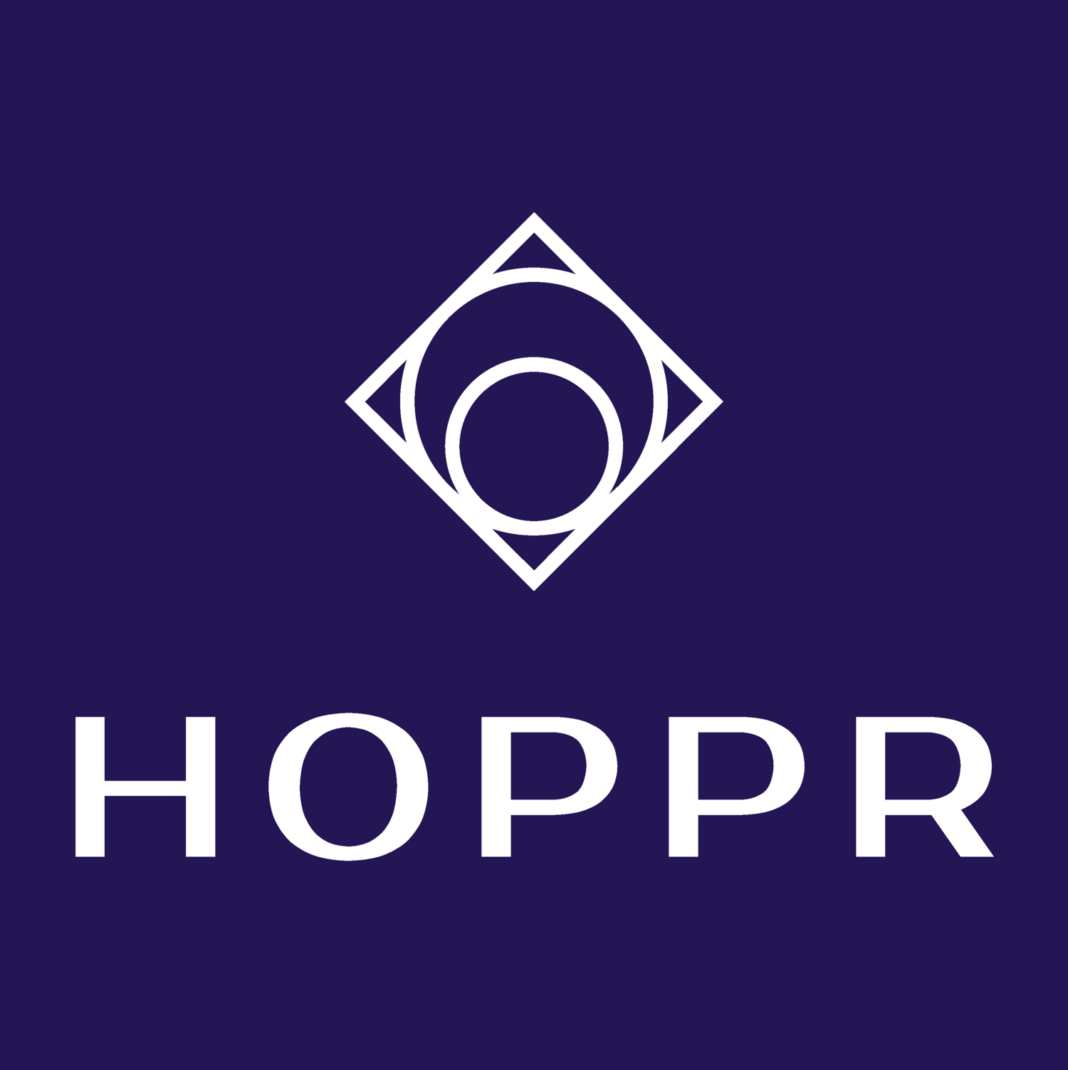Human beings can be called distinctive on the basis of various different factors, and yet none stand out more than their ability to improve at a consistent pace. This progressive approach, on our part, has already got the world to hit upon some huge milestones, with technology appearing as a major member of the stated group. The reason why technology enjoys such an esteemed stature among people is, by and large, predicated upon its skill-set, which ushered us towards a reality that nobody could have ever imagined otherwise. Nevertheless, if we look up close for a second, it will become clear how the whole runner was also very much inspired from the way we applied those skills across a real world environment. The latter component was, in fact, what gave the creation a spectrum-wide presence, and consequentially, kickstarted a full-blown tech revolution. Of course, this revolution then went on to scale up the human experience through some outright unique avenues, but even after achieving such a monumental feat, technology will somehow continue to produce the right goods. The same has grown increasingly evident over the recent past, and assuming one new healthcare-themed development shakes out just like we envision, it will only make that trend bigger and better moving forward.
HOPPR has officially announced the launch of a new multi-modal foundation model for medical imaging called Grace. Powered by Amazon Web Services, Grace is the first-of-its-kind B2B foundation model which enables image-to-image and text-to-image learning across all medical imaging modalities, including X-rays, CTs, MRIs, and echocardiograms. Complimenting the same is a fact that it will be delivered as an API service, meaning developers can leverage it to more quickly build meaningful AI solutions that physicians, technicians, and support staff can use to engage with medical images. Once available, though, users can bank upon Grace to unlock diagnostic, clinical, and operational value from medical imaging data. Here, one can fine-tune the model through their organization’s own data, thus making it possible to converse with medical imaging studies about findings, alternative imaging views, suggested surgical interventions, and treatment protocols. Not just clinical, the stated system also has the means to facilitate non-clinical use cases including workflow, billing, coding review, and QA etc. This essentially translates it to a one-API shop for all the data needed to support the imaging sector. Talk about how the model is developed from a granular standpoint, it is built using a petabyte of permission-based, anonymized medical imaging study data. Referring to the studies, they were supported throughout with corresponding reports to ensure training for commercial deployment across extensive datasets, covering both 2D and 3D modalities. The system also had longitudinal imaging studies on the offer, something which was made available on the back of strategic collaborations with key partners like Gradient Health and others. Given the input size, Grace should be able to pack together approximately five trillion parameters, five times more than the current commercial generative models. However, despite the scale, Grace will preach a privacy-centric approach using healthcare industry-standard quality management systems that are based on the ISO 13485.
“We are thrilled to launch the beta HOPPR foundation model to trusted PACS vendors and developers to fine tune models and provide feedback to prepare us for commercial expansion in Q1 of 2024. Grace represents a game-changing advance for HOPPR and the broader medical imaging space, which stands to benefit enormously from the transformative potential of AI to improve the efficiency and quality of clinical care,” said Dr. Khan M. Siddiqui, CEO of HOPPR.
Another detail we must dig into is how Grace is developed on Amazon SageMaker, while simultaneously boasting plans to use in the future AWS HealthImaging, Amazon Bedrock, and other services for data storage, inferencing, and model development. The incentive to use these models resides in a reality which shows a clear lack of imagination in our current AI solutions for medical imaging. HOPPR’s latest brainchild solves that conundrum by facilitating cross-modality comparison, historical and contextual perspective, real-time prompt and recall, and system-wide treatment planning. Next problem Grace takes on is rooted in speed, considering clinical app developers currently spend around 12 to 18 cost-intensive months in training and developing models. This timeline is further lengthened once you take into account those periods of integration and deployment. The new model, though, took a different route altogether when it allowed clients to fine-tune the system, a move that is expected to compress the whole process into just a month-long one. Notably enough, Grace also focuses a lot on increasing the image depth. To inform you on the relevance of this feature, most AI imaging tools in use today were developed by downsampling images. Such a fact reveals that 99% of the data contained in the medical imaging study is not even available in traditional training models. As a result, majority tools require downsampling grey scale to 256 shades, a figure that dwarfs in the face of Grace’s ability to see 65,000 shades of grey.
“Accelerating AI’s clinical and operational value in medical imaging eases burdens for radiologists, providers, and support staff, which could ultimately result in better patient outcomes,” said Dan Sheeran, General Manager of Healthcare and Life Sciences at AWS. “We are excited to work with HOPPR to make fine tuning and deploying foundation models for medical imaging easier and faster – decreasing the time to value from years to months.”


















